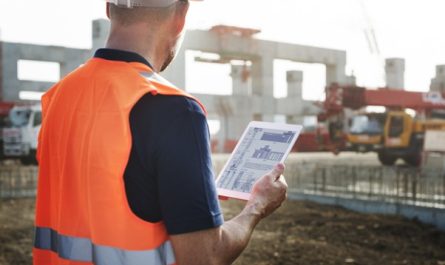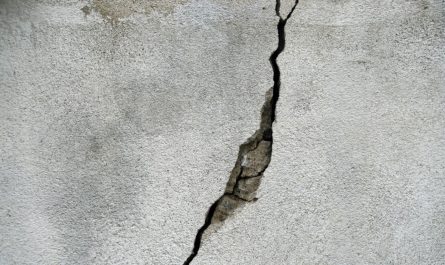Have you ever had to put a turbocharger back together?
Anyone interested in cars needs to know how they work. This makes it much easier to figure out how to fix problems.
You have to start somewhere to understand the turbocharger diagram. This guide will show you how to read a simple turbocharger diagram to learn more about how your cars work.
Start by understanding the different parts of a turbocharger system. Read on!
Exhaust Manifold
One of the most essential parts of the system is the exhaust pipe. It is the most significant metal part, so exhaust gases can easily flow out of the turbocharged engine and into the atmosphere.
When reading a turbocharger diagram, pay attention to the path of the exhaust pipe. Follow the exhaust path from the engine’s exhaust ports through the manifold to the turbocharger generator. Find the exhaust gases by following the turbine exit on the turbocharger.
Turbine Housing
This part of the turbocharger holds the turbine and is meant to direct the engine’s waste gases into the turbine. Most turbine housings also have a wastegate, a valve that controls the exhaust gas pressure and, in turn, the turbocharger’s output.
The turbine housing is also in charge of moving the exhaust gases in the best way so the engine can get the most power out of them. When looking at a picture of a turbocharger, it’s essential to pay attention to how the turbine housing and its different adjustable parts are set up.
Turbine Wheel
The waste gas from an internal combustion engine powers the fan in the turbine wheel. The turbine wheel is linked to the compressor wheel, which takes air from the engine intake and squeezes it. This higher pressure helps the car move through the air faster, boosting the engine’s power.
The turbine wheel is usually shown as a cone-shaped object with an arrow heading toward it. The compressor wheel is delivered to the right.
It is also essential to know if the turbine wheel is directly attached to the shaft or connected through a bearing. In a more complicated design, you might also see a wastegate, a blow-off valve, and an intercooler.
Shaft and Bearings
The turbine wheel and the compressor wheel are linked to the turbocharger shaft, which is a shaft that turns. The turbine wheel takes in the exhaust fumes, squeezes them, and then lets them out of the exhaust port. The compressor wheel ensures the engine gets pressurized air, which helps it make more power.
The wheels are held up by the shaft and bearings, which lets the wheels turn quickly. They also reduce friction and wear, keeping the engine running well.
It’s important to remember that the paths need to be changed over time or if they get worn because efficiency and power output could go down if they don’t. Visit Cummins Turbo Diesel if you require any parts for the turbo you are constructing or repairing for your automobile.
Compressor Housing
This housing usually has a volute, a scroll or axial inlet, and an exit. The turbocharger compressor housing is between the turbine and the engine’s intake manifold. It moves the air from the turbine to the engine.
It’s important to know that the turbocharger compressor is not inside the compressor housing. However, the faster-moving air from the turbine’s spinning blades will pressurize the air that goes through the compressor housing. Look at the picture to see how the compressor housing’s sizes, shapes, and bends affect the airflow.
Compressor Wheel
The engine’s exhaust fumes power the turbocharger turbine wheel that makes up the compressor wheel. This makes the wheel spin, which forces air into the machine by making it more dense.
Most of the time, the compressor wheel is made of aluminum or stainless steel and looks like a disc or a compressor cover. A simple turbocharger diagram attaches the compressor wheel to the turbine shaft and other parts like the wastegate, turbine housing, turbine blades, and the oil feed pipe.
Intercooler
The intercooler is the most essential part of the turbocharger system. To find it, look for the two lines showing where the hot, compressed air from the exhaust turbine goes in and where the cold, fresh air goes into the intake manifold.
This air goes through an intercooler, which cools and increases the pressure of the air moving between the compressor and the intake manifold as it goes through it. For more information, follow the arrows in the image back to the intercooler symbol, then follow the hands from the other side of the intercooler back to the intake manifold and compressor.
Wastegate
The wastegate is an integral part of the turbocharger because it is the main valve controlling exhaust gas flow. It is between the turbocharger’s output wheel and pipe and is mainly in charge of how it works.
The wastegate can be opened or shut to control how much energy goes to the compressor from the exhaust gases that turn the rotor. The boost pressure regulator sends the controlling pressure to the actuator. The actuator then changes the position of the valve.
Intake Manifold
Find the intake manifold on the diagram to begin reading and comprehending a straightforward turbocharger diagram in connection with an intake manifold. This is the starting point.
It should be depicted as having the shape of a rectangle and have two outlets that are connected to the turbocharger. One outlet should be located at the compressor outlet, and the other at the air inlet.
Take note of the airflow patterns depicted inside the diagram produced by the turbocharger. Compressing the air sucked into the engine is one of its functions, which is responsible for increasing the engine’s power.
Read a Simple Turbocharger Diagram
Overall, understanding a simple turbocharger diagram is not as difficult as it may seem. It is essential to become familiar with the names of all its parts and pay attention to the arrows in the diagram that help explain how the turbocharger functions.
Thanks for reading our article! Check out our blog to learn more!



